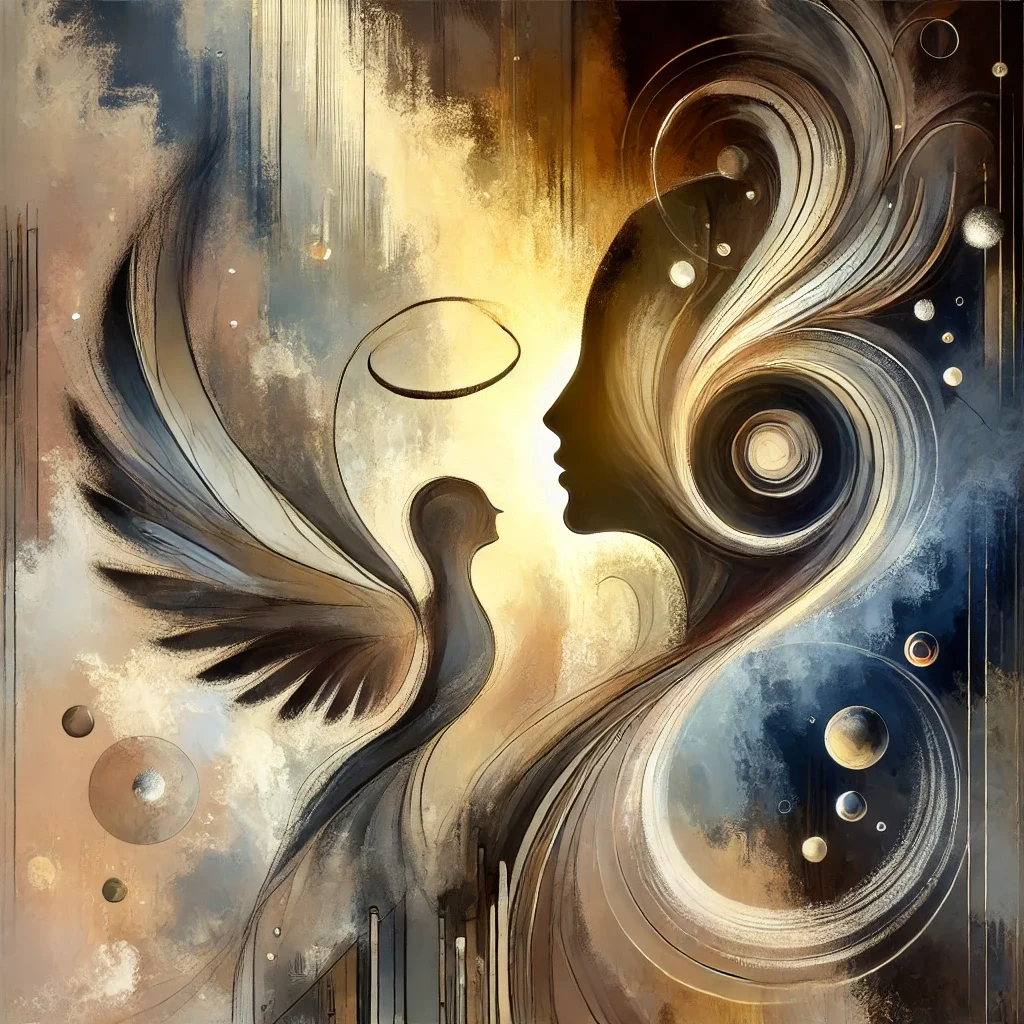In the Shadow of Beauty
Shabbat Ki Tissa brings us face to face with a rare figure in our tradition—Bezalel, an artist whose name itself means "in the shadow of God." Bezalel's job was special: crafting the Tabernacle, creating beauty as an act of holiness.
But wait: Judaism doesn't exactly have a reputation for cherishing visual art, does it? Why then is Bezalel’s artistry highlighted with such reverence?
As so often, it is complicated.
Judaism’s complicated relationship with art comes down to one big worry: idolatry. Think about it. The ancient world was full of statues and images, worshipped as gods.
"The work of men’s hands," as the Torah calls them, was the opposite of our invisible God. Judaism favours words over images, a faith of listening rather than seeing. Yet, in this week's Torah portion, we have Bezalel, and later, Oholiab—men chosen specifically for their artistic talent.
Rabbi Samson Raphael Hirsch explains that many ancient cultures were driven by aesthetics—beauty for its own sake—while Israel pursued ethics and morality. But even he recognised that Judaism never turned its back entirely on beauty. The concept of "hiddur mitzvah," beautifying the mitzvah, shows how deeply beauty can speak to our souls. It isn’t beauty for beauty’s sake—it's beauty in service of something higher.
And isn't that something we've all felt, at least once? Have you ever been moved by a melody at synagogue, lost yourself gazing at our stained-glass windows, or felt something stir inside you while holding a beautifully embroidered Talit? These moments aren't just imaginations—they are transformative. Maimonides, ever the practical thinker, admitted art could even lift melancholy, though he viewed it mostly as therapeutic.
Rav Kook, the great teacher, took it a step further. He once walked through London's National Gallery and saw the paintings of Rembrandt. And he believed, profoundly, that Rembrandt glimpsed the divine light—the same light God created on the very first day.
In Rembrandt's paintings, it wasn't about perfection; it was humanity illuminated from within. Could it be, then, that Bezalel was tapping into the same hidden light?
Here's the thing: art in Judaism isn't about the artist. It isn't even purely about the artwork itself. Instead, it's about what the artwork reveals—the holiness behind the beauty. It's about reminding us of something greater than ourselves. Bezalel crafted the Tabernacle not simply as a dwelling, but as a reminder of the presence of God among the people.
The Psalms say, "Worship the Eternal in the beauty of holiness." Judaism asks us to find holiness first, and beauty will naturally follow.
It's about hadrat kodesh, not just aesthetics. Art isn't merely decoration; it's a gateway to spirituality.
This way, Bezalel isn’t an artist alone, but someone who showed us the power of creativity to reconnect us with the sacred. Each piece of art, each melody, each crafted object is an invitation: pause, look deeper, and discover the spiritual renewal within. Because, after all, aren’t we all seeking those moments of deeper meaning, those glimpses of the hidden light?
May this Shabbat bring us closer to the beauty that enriches our souls and renews our spirits.
Shabbat Shalom.

